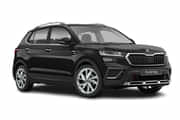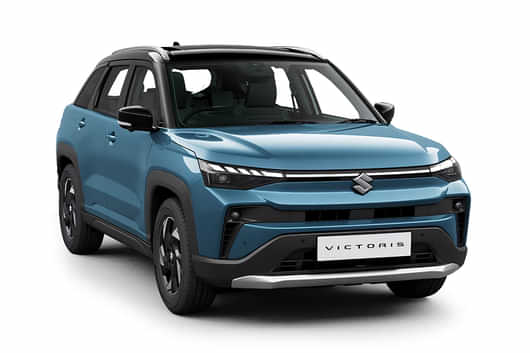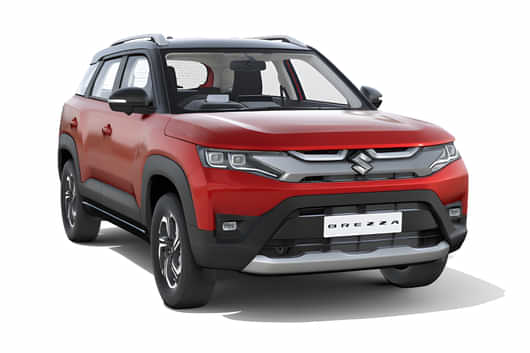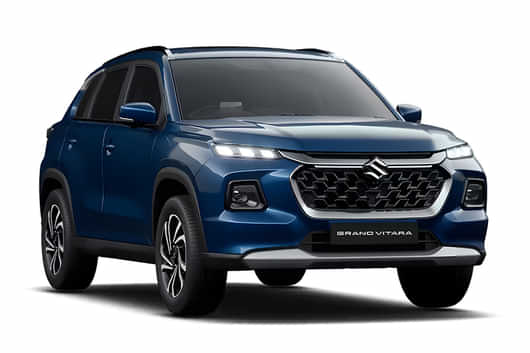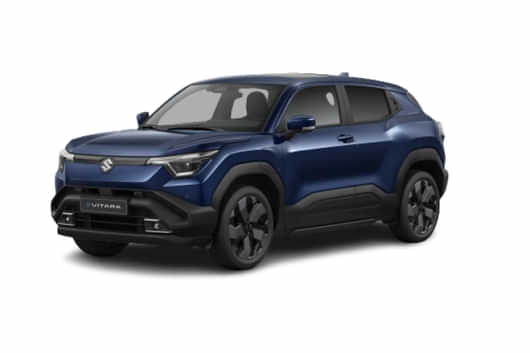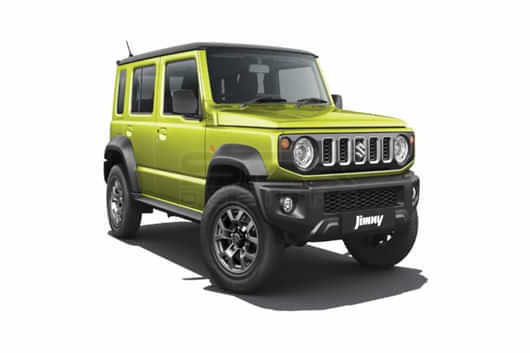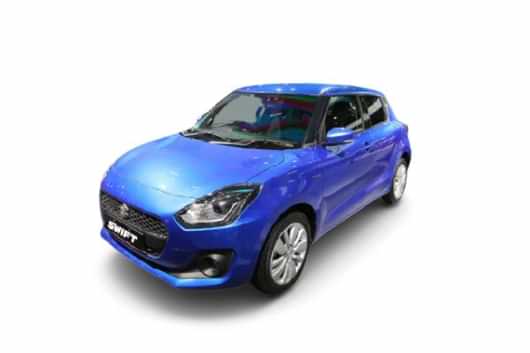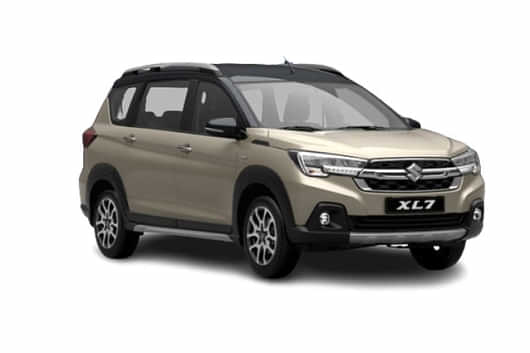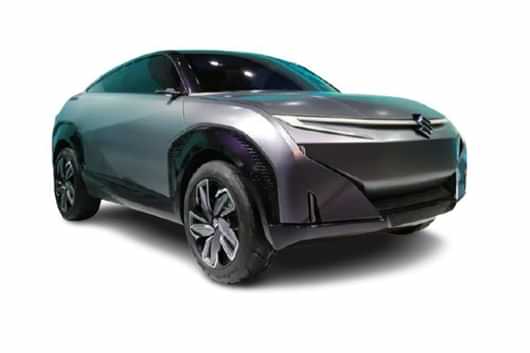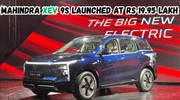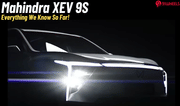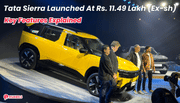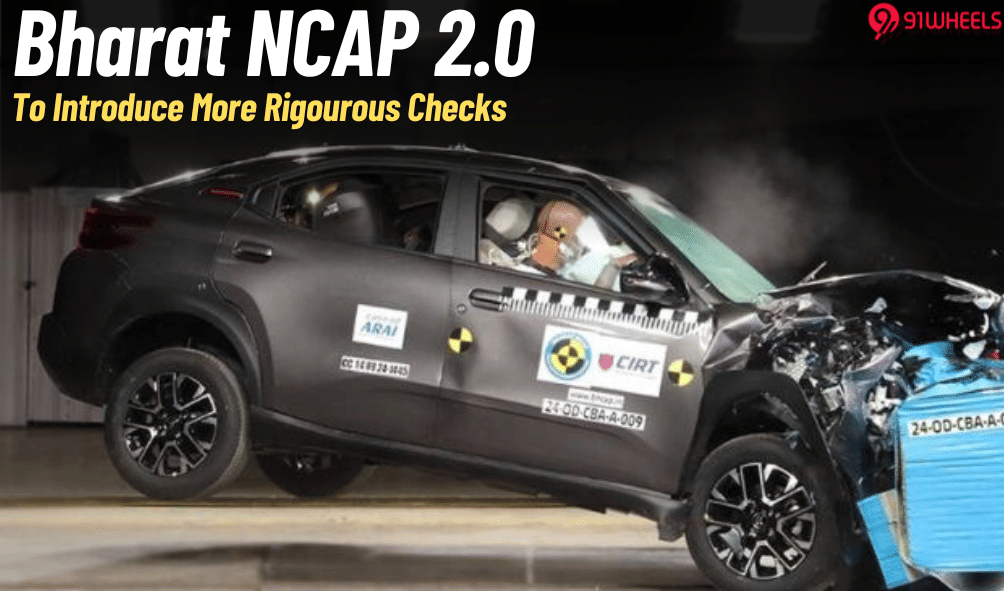
KEY HIGHLIGHTS
- Bharat NCAP 2.0 to rollout in 2027
- Stricter full front and rear crash tests to be incorporated
- ADAS system to be evaluted as well
India's new car safety program is evolving, and the upcoming Bharat NCAP 2.0, the next iteration of the country's crash-test and safety rating system, will introduce additional crash tests, more advanced dummies, and an expanded ADAS evaluation framework, according to official sources. This upgrade aims to bring India's vehicle safety assessment protocol closer to global benchmarks and is expected to roll out by the end of 2027. Let's go through the updates coming in with the next phase that aims to elevate the safety of vehicles even further, but before that, make sure to join the 91wheels WhatsApp Community, specifically curated for petrolheads like us to keep up with the latest news and automotive updates.
Also Read- Force Motors Launches 3-Year Complimentary Roadside Assistance Program
Bharat NCAP 2.0: Full Frontal and Rear Crash Tests to Be Introduced
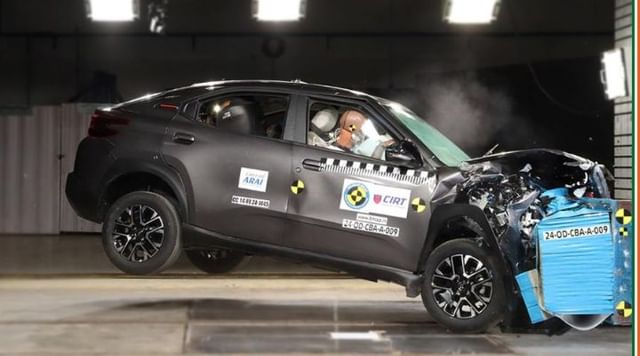
One of the most significant updates in Bharat NCAP 2.0 will be the addition of full frontal impact and rear crash impact tests, complementing the current frontal offset deformable barrier test. In the latter, only 40 percent of the car's front (driver's side) is impacted, but the new test will assess structural integrity across the entire front width.
Rear impact testing, a common international standard, will further help determine the protection offered to rear occupants, including children and luggage retention. Additionally, technically superior crash dummies will be deployed during side pole impact testing to ensure more accurate injury and impact data.
ADAS Systems To Be Evaluated

Advanced Driver Assistance Systems (ADAS) are becoming increasingly common in India's mainstream cars, and Bharat NCAP 2.0 will factor them into safety assessments for the first time. The testing will examine how well these systems operate in real-world Indian conditions, focusing on reliability and effectiveness rather than just availability. As noted by Ujjwala Karle, Senior Deputy Director at Automotive Research Association of India, the objective is to ensure these systems "aren't just turned off when needed most" but are tuned to support drivers in diverse traffic scenarios.
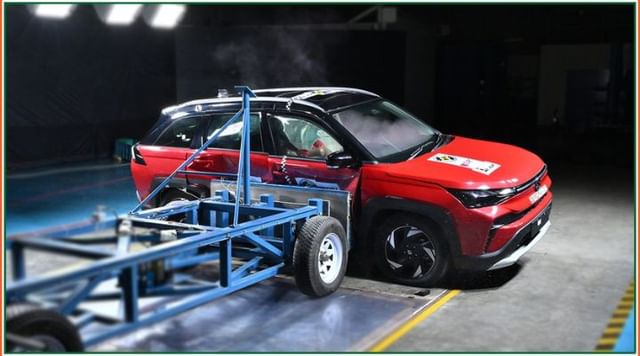
Also Read- New-Gen Hyundai Venue Launch Confirmed For November 4
Bharat NCAP Current Evaluation
Currently, front impact tests are conducted at 64 km/h, while side pole impact tests are conducted at 29 km/h, in line with global best practices. Vehicles must achieve a minimum 3-star rating to qualify for side pole testing, along with mandatory ESC and front seat belt reminders. Eligibility covers vehicles with up to 8 passengers, a gross vehicle weight under 3.5 tonnes, and those either manufactured in or imported for sale in India. Both CNG and electric vehicles will also be tested. Star ratings are based on score ranges for AOP and COP, with 1-star starting at 4 points (adult) and 9 points (child), and 5-star topping out at 27 and 41 points, respectively.
Verdict
The preparation of Bharat NCAP 2.0 represents a major leap for India's automotive safety landscape. By adding more rigorous crash tests, using advanced test dummies, and evaluating ADAS performance, the program aims to make car safety ratings more transparent and informative for buyers. With more manufacturers likely to participate voluntarily, the program is expected to push the industry toward higher safety standards, similar to what global NCAP ratings have done for other markets. If implemented effectively, the next phase could play a pivotal role in reducing road fatalities and making Indian roads safer for everyone.
Source- Autocar India







